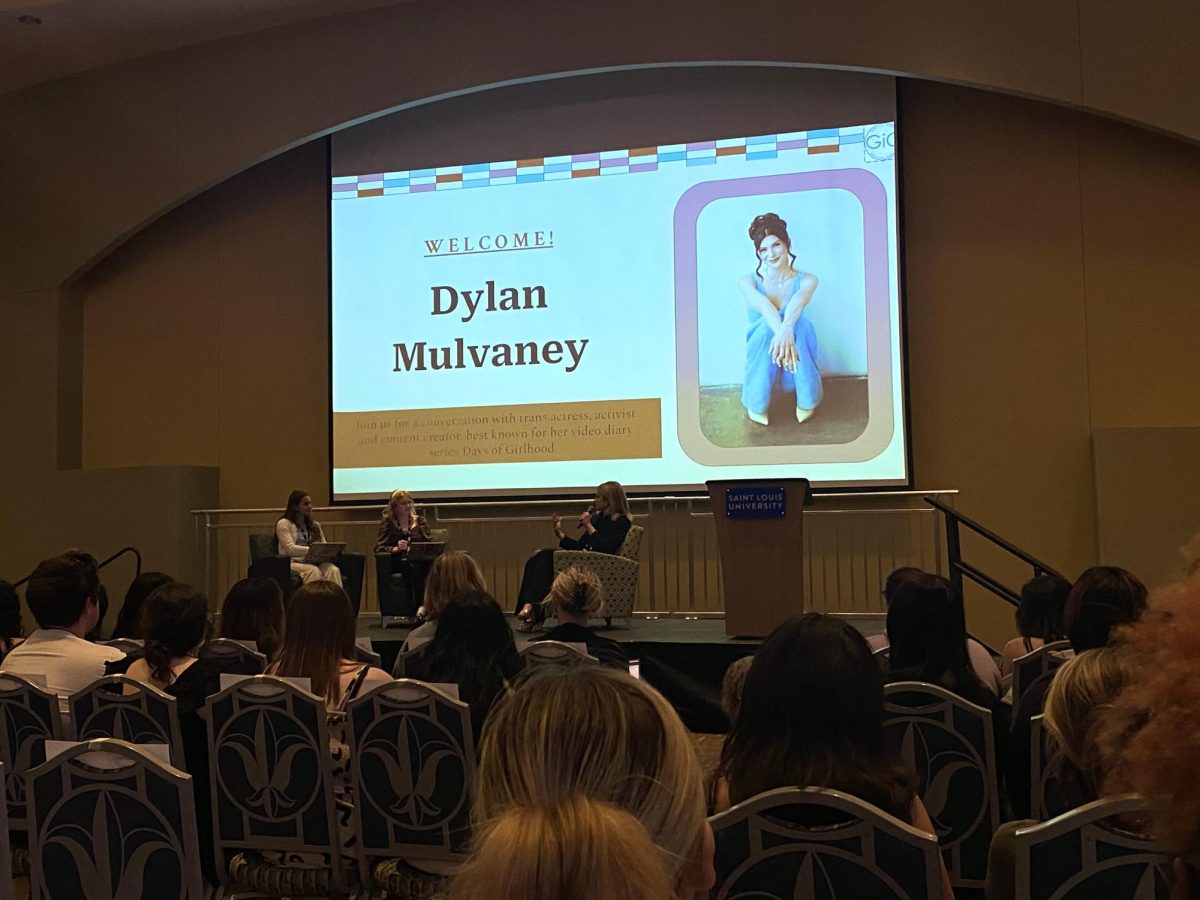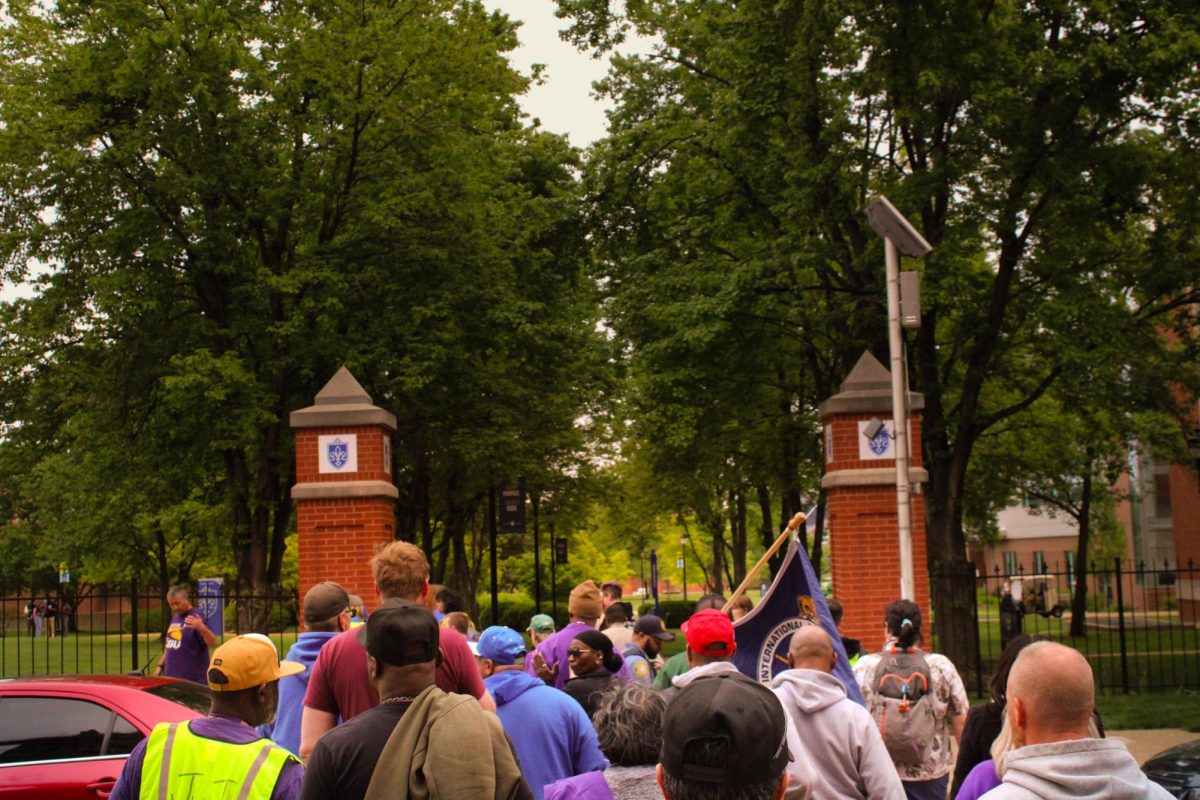In April, the U.S. Supreme Court will hear arguments for two lawsuits filed against the University of Michigan for racial preference in admission decisions. The decision has Saint Louis University admission officials watching closely, as their own practices might be affected by the decision.
“Once the decision comes down, you’ll have all the institutions trying to decipher what it means,” explained Michael Kolnik, assistant dean and director of admissions at the SLU law school.
Both the School of Medicine and the School of Law consider race as one aspect of admissions, said Kolnik and L. James Willmore, M.D., associate dean of admission at the medical school.
“Race is taken into consideration as one small factor,” said Kolnik. “It’s one small factor in our large admissions process.”
Race does not play a role in undergraduate admission decisions, said Shani Lenore, director of undergraduate admissions.
In the University of Michigan cases, students from the school’s liberal arts college and law school are suing over the use of race in admission decisions. In the College of Literature, Science and Arts, a point system for admission decisions awards 20 points to under-represented minority students. In the law school, a certain percentage of minority students is targeted yearly for admittance.
The Supreme Court last ruled on this matter in Bakke v. Board of Regents in 1978, ruling that quotas could not be used, but race could play a role, in admission decisions.
No college or school at SLU uses the methods of the University of Michigan, but as both Kolnik and Willmore said, any use of race at any university could be affected.
Kolnik noted that for now private schools have not been affected by previous rulings on the matter, but with many private schools–including SLU–receiving government funding, any ruling could be extended to them.
Willmore explained that the School of Medicine works through its Office of Multicultural Affairs to help ensure a diverse applicant pool. “We want to be sure diversity is well addressed in the admissions process,” he said.
Universities, such as SLU, use Bakke to support their use of race. “Race comes in because we are allowed to look for the membership of an under-represented minority group,” Willmore said.
Kolnik put it simply, “We follow Bakke, and Bakke is the law.”
In both professional schools, the entirety of applicant’s files are considered. Willmore said admission decisions are made for minorities based on “what somebody brings to their file that helps us determine the success of someone from an under-represented minority.”
Kolnik said, “We’ll take into consideration all in a person’s file.”
As for undergraduate admissions, diversity is ensured through the recruitment process, not the actual acceptance process, explained Lenore.
“It’s a gray area, a fine line that institutions continue to walk,” Lenore said.
The SLU Office of Undergraduate Admissions employs a multicultural recruiter, whose primary job is to visit high schools with high numbers of minorities and also to communicate with students from minority backgrounds who are working with other admission counselors.
Lenore has the goal of seeing that the University’s undergraduate applicant pool reflects the domestic minority group percentages in the state of Missouri, and eventually the nation, as a whole. This year alone, the goal is to raise domestic minority applications by 10 percent, Lenore said.
Last year at this time, 1,051 minority students had applied. This year, 1,212 minority students have applied, excluding international students.
When compared with Missouri’s minority population of African-Americans, which is approximately 11 percent, only 461 of the total 5,995 applications were from African-Americans, representing less than 8 percent of the applicant pool.
Hispanic minority students accounted for 3.2 percent of the applicant pool, significantly lower than the national census figures of 12.5 percent of the national population.
Lenore explained that the difficulty comes in getting minority students to choose SLU. She cites three challenges that counselors face in convincing those students to attend SLU.
First, economics and the cost of a SLU education play a role. Second, many minority students are unsure how welcoming the SLU community might be. And third, attending a university far from one’s family can be difficult for some cultures.
Once students visit campus, Lenore said it is much easier to convince them to attend the University.
As for enrollment numbers of this year’s freshman class, the numbers show that 211 students who identified themselves as a minority, chose to attend SLU. That represents almost 15 percent of the freshman class, with African-Americans as 6.3 percent and Hispanics as 3 percent.
“The challenge for every institution is how we close that gap between the majority and the minority,” said Lenore.






